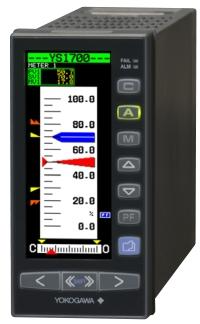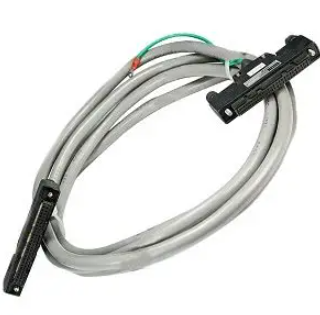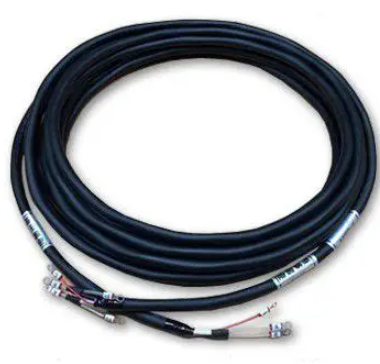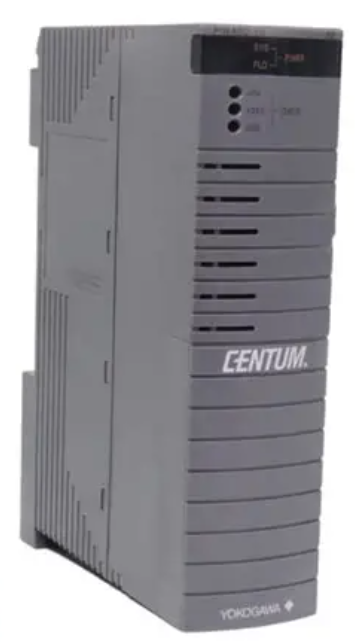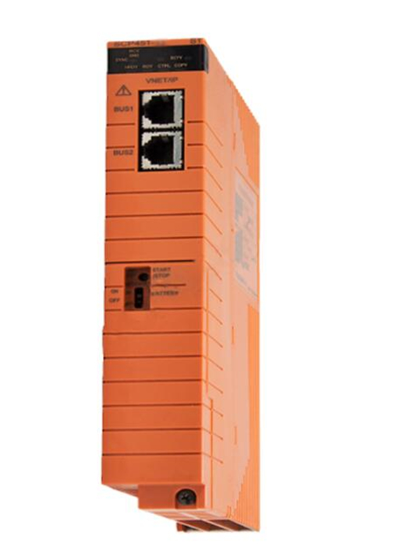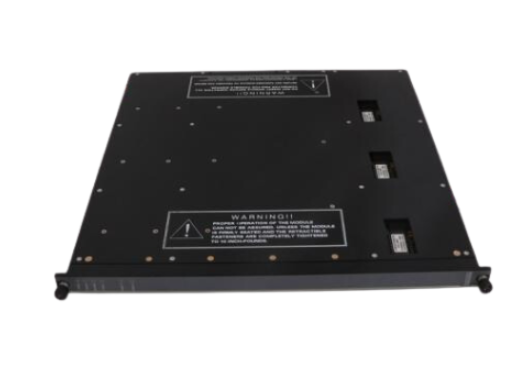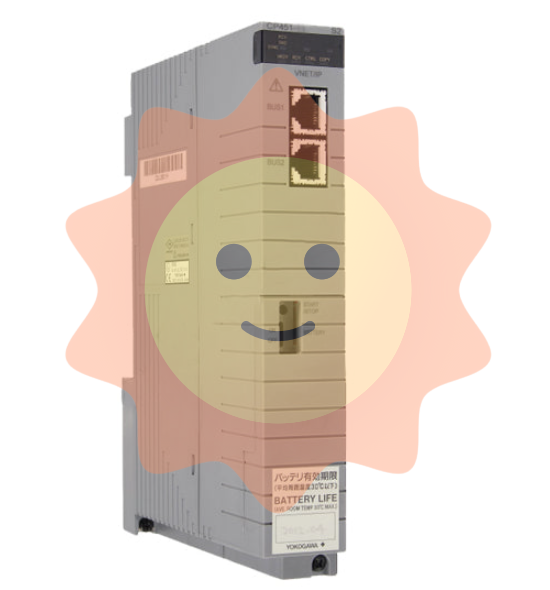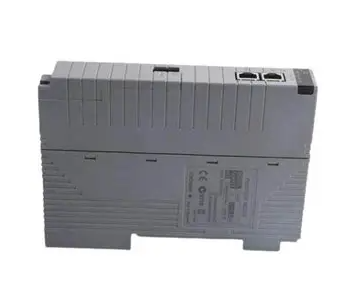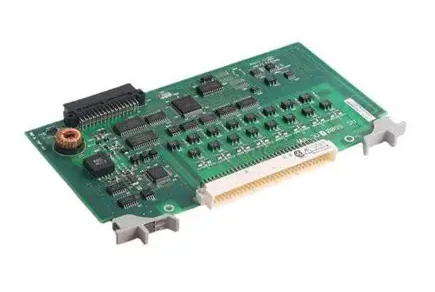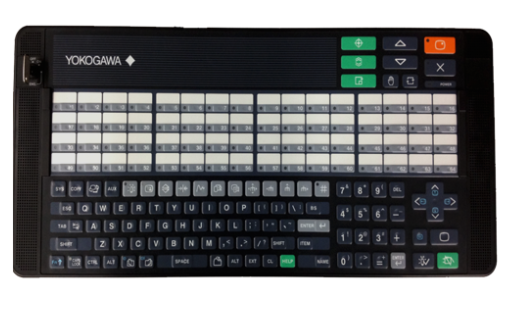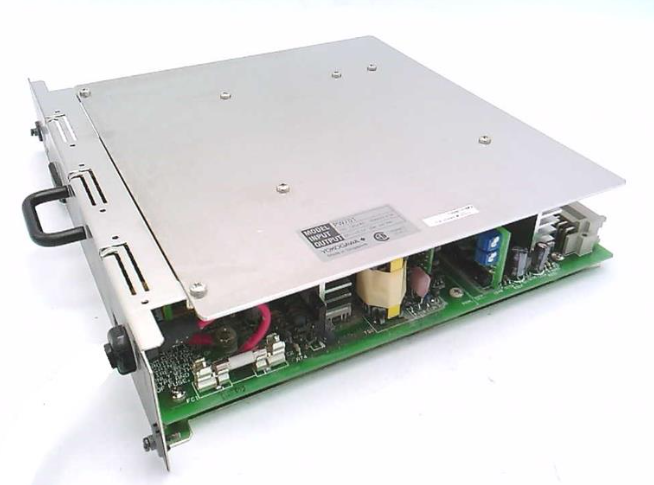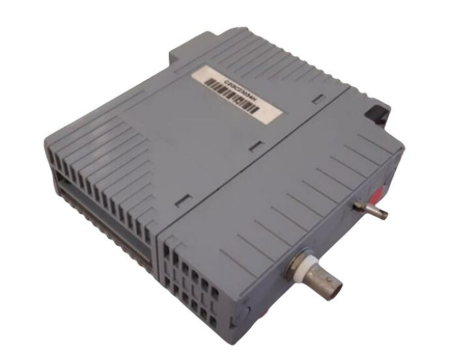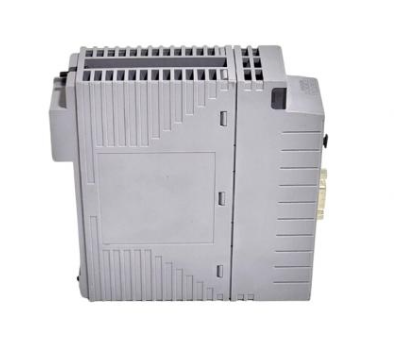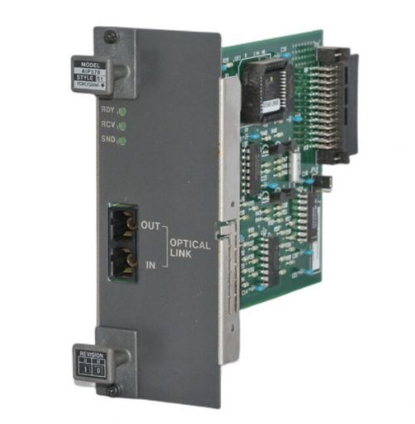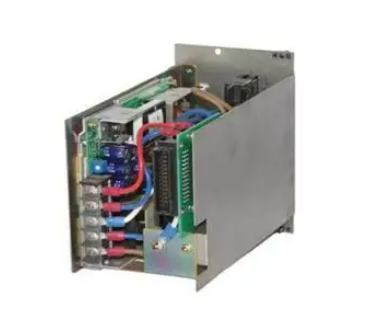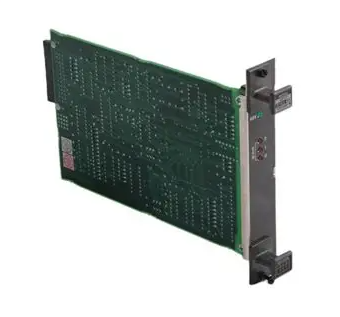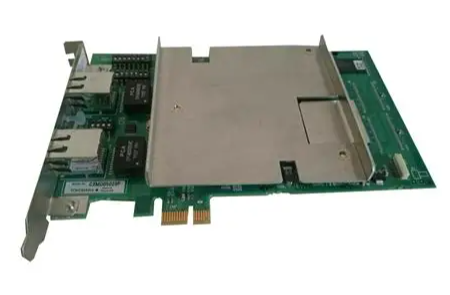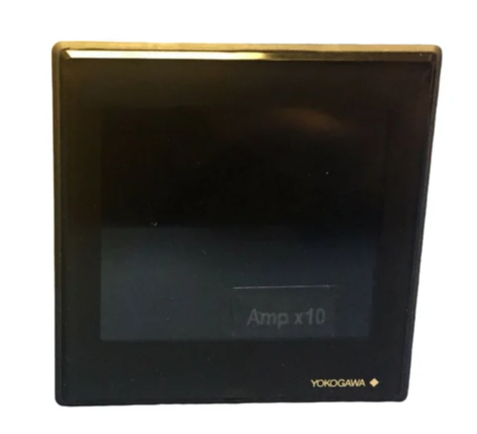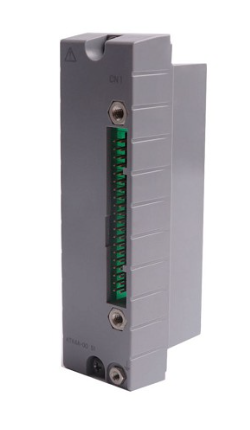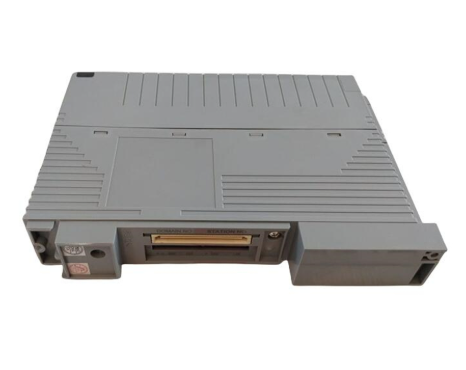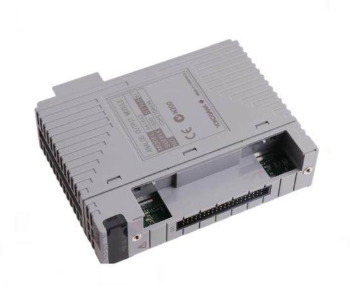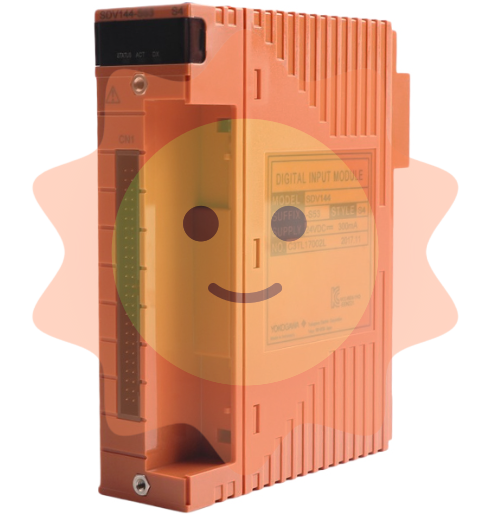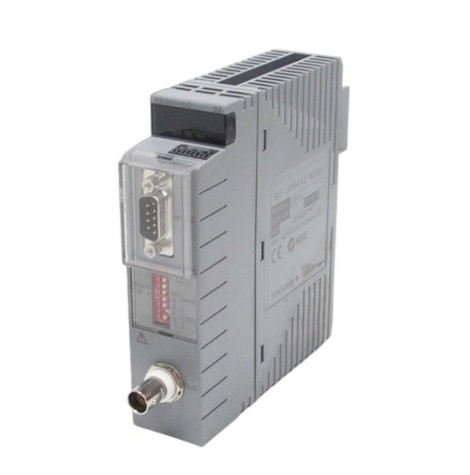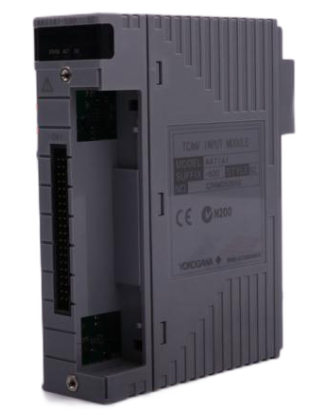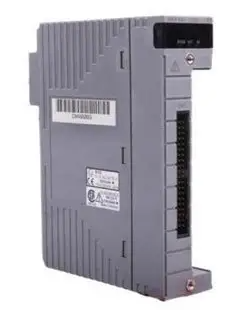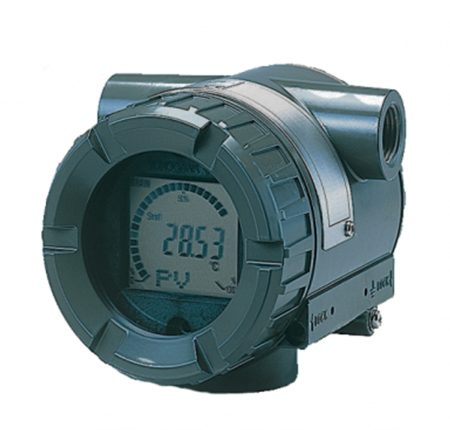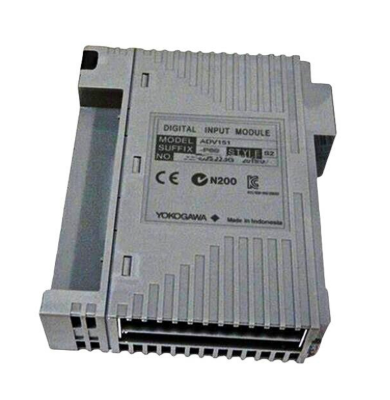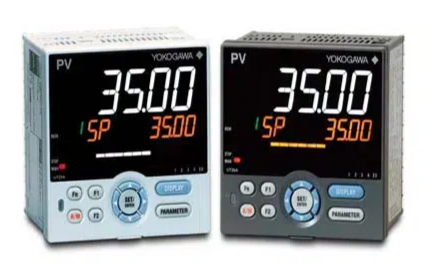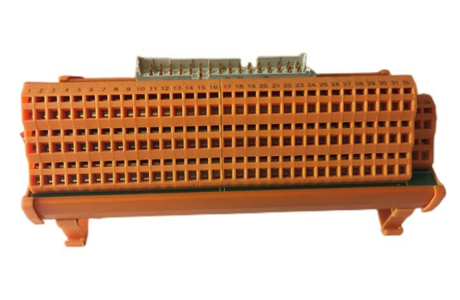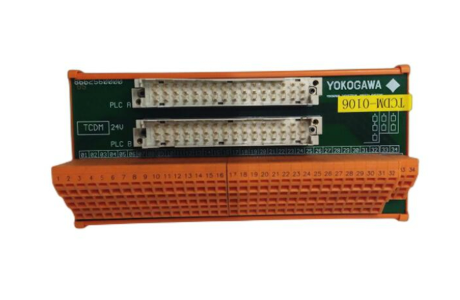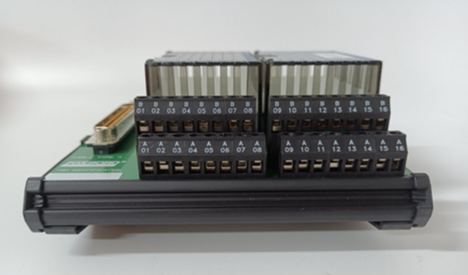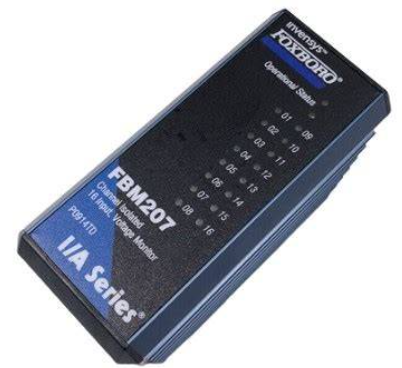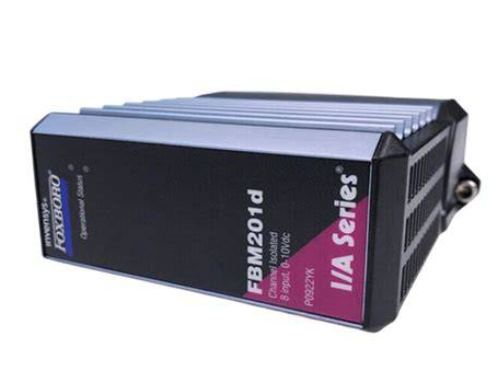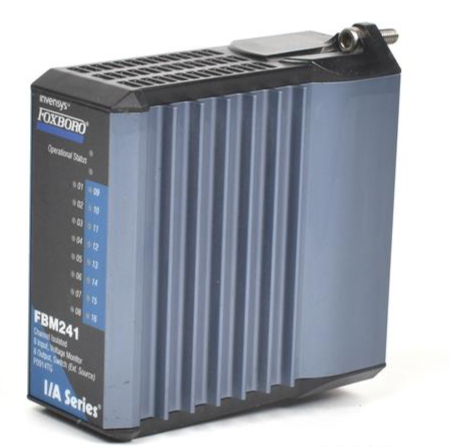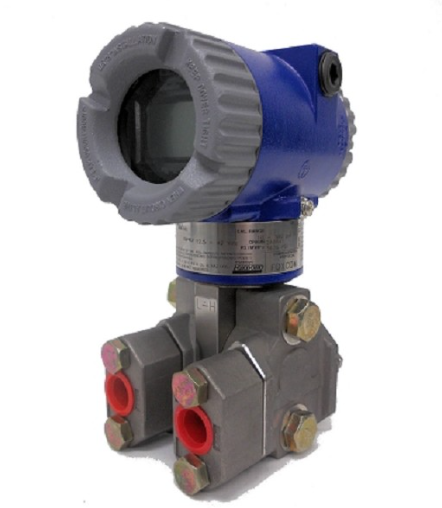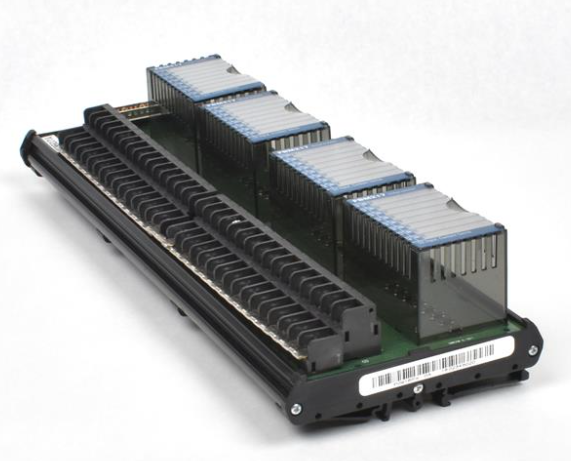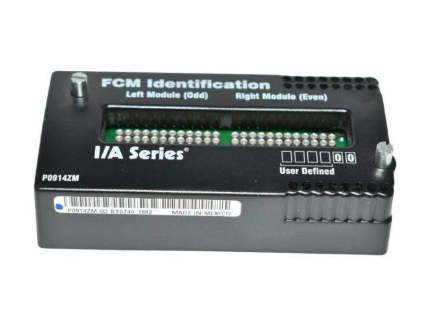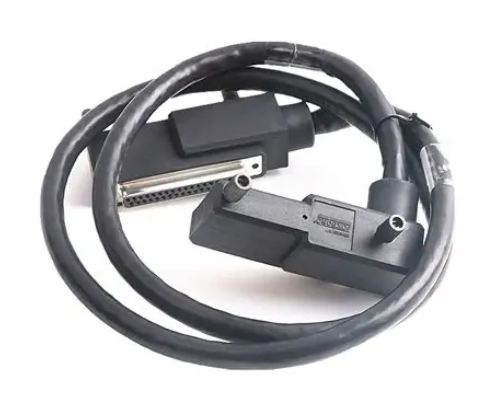Yokogawa AQ6375E Spectral Analyzer Remote Control
Switch to local: Press the LOCAL button on the device, or send the GTL (Go To Local) command from the PC; If the PC sends the LLO (Local Lock Out) command, the LOCAL key will be disabled and must be unlocked by setting REN to "False" on the PC.
(2) Ethernet interface (TCP/IP protocol)
1. Core features and parameters
Function: Consistent with GP-IB function, supports remote command reception, data transmission, and status monitoring, and supports Socket and VXI-11 communication modes.
Technical Specifications:
Interface type: 1 RJ45 port, compliant with IEEE 802.3 standard;
Transmission rate: 10/100/1000 Mbps (adaptive);
Port number: default 10001/tcp (Socket mode), VXI-11 mode does not require manual setting;
Compatibility: Supports IPv4/IPv6, only compatible with Windows 8.1/10/11 system PCs (requires installation of Yokogawa USB driver YKMUSB and communication library TMCTL).
2. Connection and configuration process
Hardware connection:
Connect the Ethernet port of the Rear panel to the hub/router (and then connect to the PC) using UTP/STP Ethernet cables;
It is prohibited to use cross cables to directly connect PCs and devices. It is recommended to use a hub connection to ensure stability.
Parameter settings:
Press the SYSTEM key to enter "More 2/4" → "Remote Interface", select "WORK (SOCKET)" or "WORK (VXI-11)";
Go to "Network Setting" → "TCP/IP Setting":
IPv4: Select "AUTO (DHCP)" to automatically obtain the address, or manually set the IP address, subnet mask, and default gateway with "MANUAL";
IPv6: Similarly, automatic or manual configuration can be selected;
Socket mode requires additional settings for "Remote Port No." (default 10001) and "Remote User Account" (default username "anonymous", no password required).
3. Remote authentication and connection (Socket mode)
Certification process:
PC sends OPEN "username" command (such as OPEN "anonymous");
The device returns' Authoricate CRAM-MD5 ', and the PC sends the password (anonymous users can ignore it);
The device returns "READY", authentication is successful, and remote mode is activated (the screen displays "Remote").
Disconnect: The PC sends the CLOSE command and the device switches to local mode.

Fundamentals of Programming and Instruction System
(1) Core Programming Concepts
1. Message format
Program message (PC → device): composed of one or more instruction units, separated by semicolons ";", and ending with a termination symbol (LF, ^ END, or LF+^ END); The format is "program header+space+program data", for example: SENSe: WAVelocity: CENTer 1550NM; SPAN 10NM (with a center wavelength of 1550nm and a span of 10nm).
Response message (device → PC): corresponds to the query instruction in the program message, in the format of "response header+space+response data", and ends with LF+^ END; If there are multiple queries, the response will be returned in the order of the queries, for example: * IDN? The response is YOKOGAWA, AQ6375E, 123456789,1.00 (manufacturer, model, serial number, firmware version).
2. Data type
Supporting multiple data formats to adapt to different control requirements, the key types and descriptions are as follows:
Example of Data Type Format Explanation
Decimal numbers (<Decimal>) contain integers (NR1), fixed-point numbers (NR2), and floating-point numbers (NR3). The device receives any format and responds uniformly using NR3 to set the sampling rate: TIMebase: SRATE 1E6
Physical quantities (such as<Voltage>/<Time>) are numerical values prefixed with units or multiples, and units/prefixes are not case sensitive. Time axis setting: TIMebase: TDIV 1US
Register supports decimal, hexadecimal (# H), octal (# Q), and binary (# B), and responds uniformly by setting events in decimal. Enable: STATus: EESE # H01
Pre defined mnemonic for character data (<Character data>), to be selected from options, case insensitive setting coupling method: CHANnel1: COUPling AC
Boolean value (<Boolean>) supports ON/OFF or numerical values (0=OFF, non-zero=ON), and the response is uniformly 0/1 to open the channel display: CHANnel1: DISPlay ON
The string (<String data>) needs to be enclosed in single/double quotation marks, and if it contains quotation marks, two consecutive setting labels need to be entered: CHANnel1: LABel "CH1_TEST"
Block data (<Block data>) is 8-bit binary data in the format of "# N+N bit data length+data byte sequence", only used to respond to waveform data. Response: # 800000010ABCDEFGHIJ
(2) Core Instruction Group
The manual divides instructions into 17 command groups, covering full functions such as device acquisition, analysis, display, and storage. The core command groups and functions are as follows:
Command Group Core Instruction Function Description
ABORt Group: ABORt stops measuring, calibrating, and other ongoing operations (such as scanning initiated by Initiatiate)
CALCulate Group :CALCulate:CATegory、:CALCulate:DATA? Select analysis type (such as spectral width, WDM analysis), query analysis results
- EMERSON
- Honeywell
- CTI
- Rolls-Royce
- General Electric
- Woodward
- Yaskawa
- xYCOM
- Motorola
- Siemens
- Rockwell
- ABB
- B&R
- HIMA
- Construction site
- electricity
- Automobile market
- PLC
- DCS
- Motor drivers
- VSD
- Implications
- cement
- CO2
- CEM
- methane
- Artificial intelligence
- Titanic
- Solar energy
- Hydrogen fuel cell
- Hydrogen and fuel cells
- Hydrogen and oxygen fuel cells
- tyre
- Chemical fiber
- dynamo
- corpuscle
- Pulp and paper
- printing
- fossil
- FANUC
- Food and beverage
- Life science
- Sewage treatment
- Personal care
- electricity
- boats
- infrastructure
- Automobile industry
- metallurgy
- Nuclear power generation
- Geothermal power generation
- Water and wastewater
- Infrastructure construction
- Mine hazard
- steel
- papermaking
- Natural gas industry
- Infrastructure construction
- Power and energy
- Rubber and plastic
- Renewable energy
- pharmacy
- mining
- Plastic industry
- Schneider
- Kongsberg
- NI
- Wind energy
- International petroleum
- International new energy network
- gas
- WATLOW
- ProSoft
- SEW
- wind
- ADVANCED
- Reliance
- YOKOGAWA
- TRICONEX
- FOXBORO
- METSO
- MAN
- Advantest
- ADVANCED
- ALSTOM
- Control Wave
- AB
- AMAT
- STUDER
- KONGSBERG
- MOTOROLA
- DANAHER MOTION
- Bently
- Galil
- EATON
- MOLEX
- Triconex
- DEIF
- B&W
- ZYGO
- Aerotech
- DANFOSS
- KOLLMORGEN
- Beijer
- Endress+Hauser
- MOOG
- KB
- Moxa
- Rexroth
- YAMAHA
- Johnson
- Westinghouse
- WAGO
- TOSHIBA
- TEKTRONIX
- BENDER
- BMCM
- SMC


Email:wang@kongjiangauto.com

